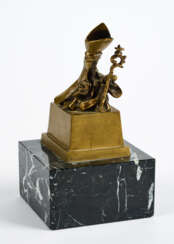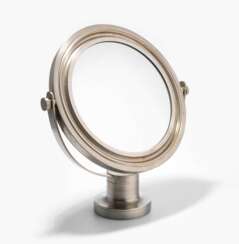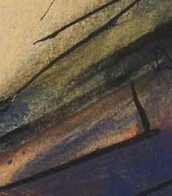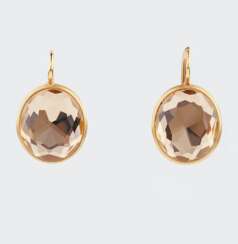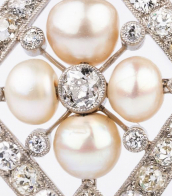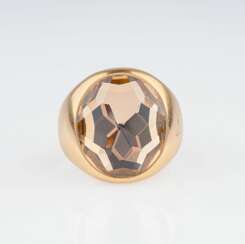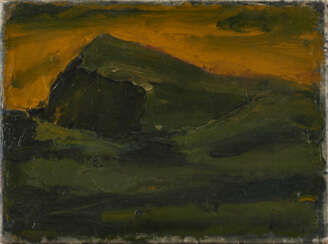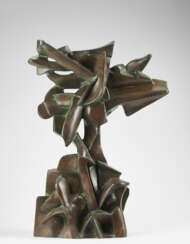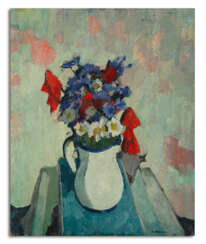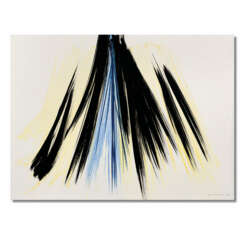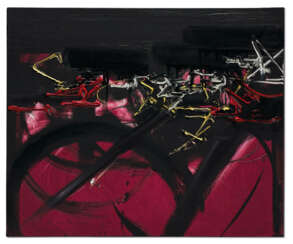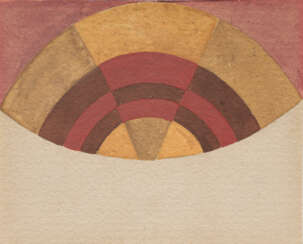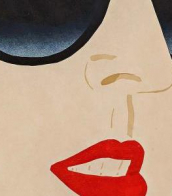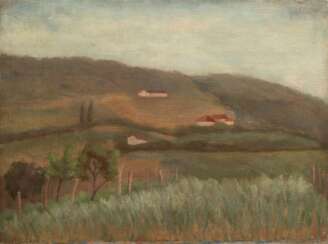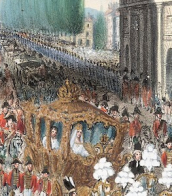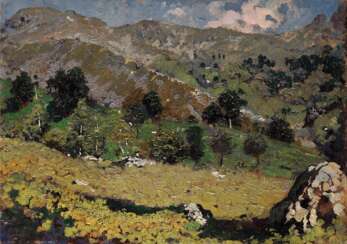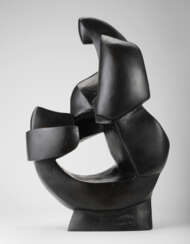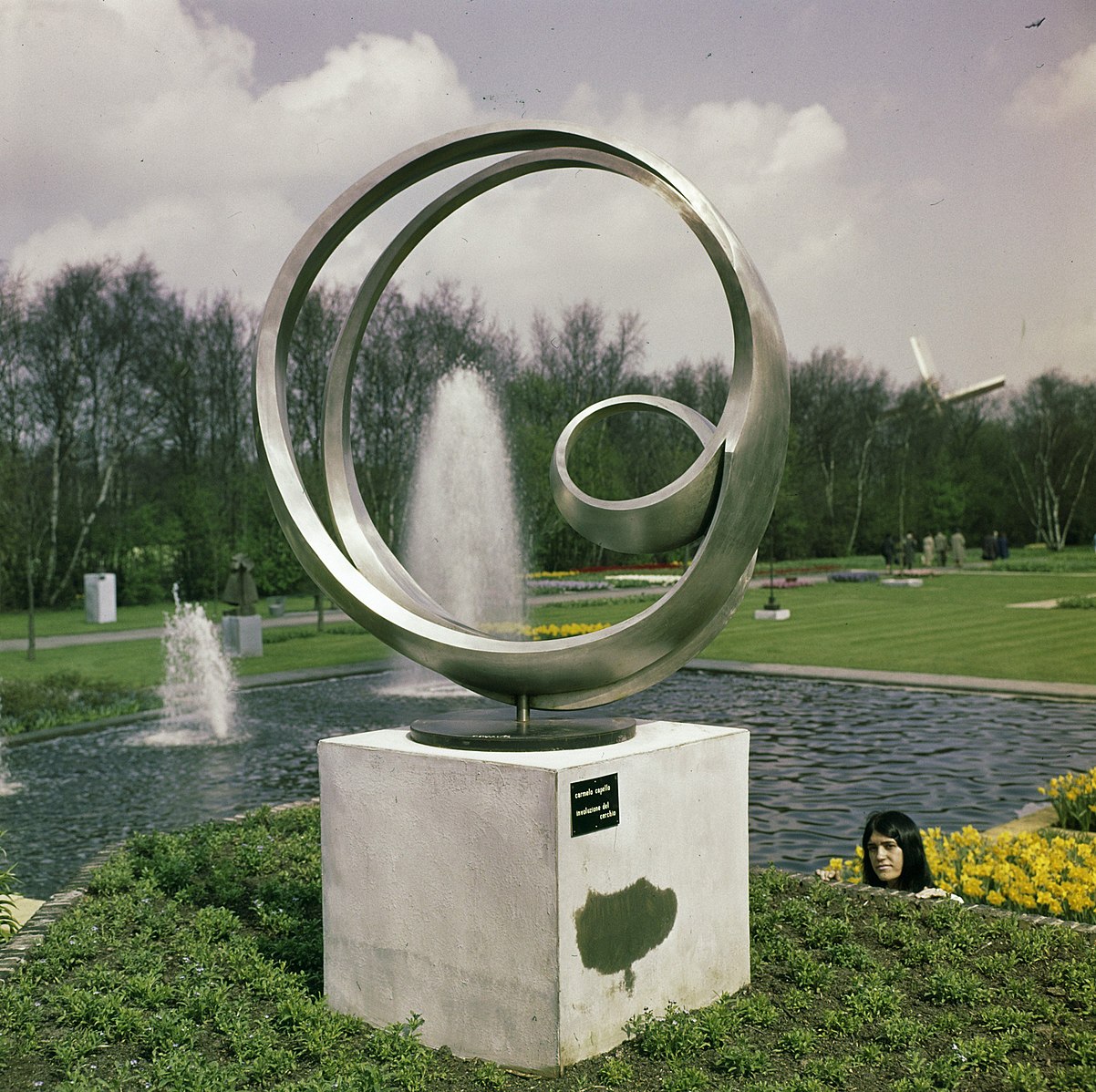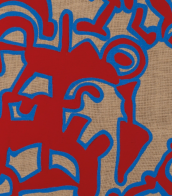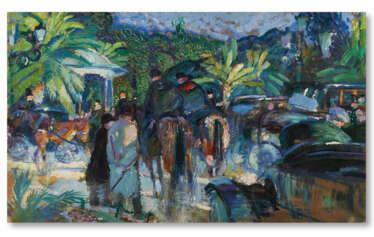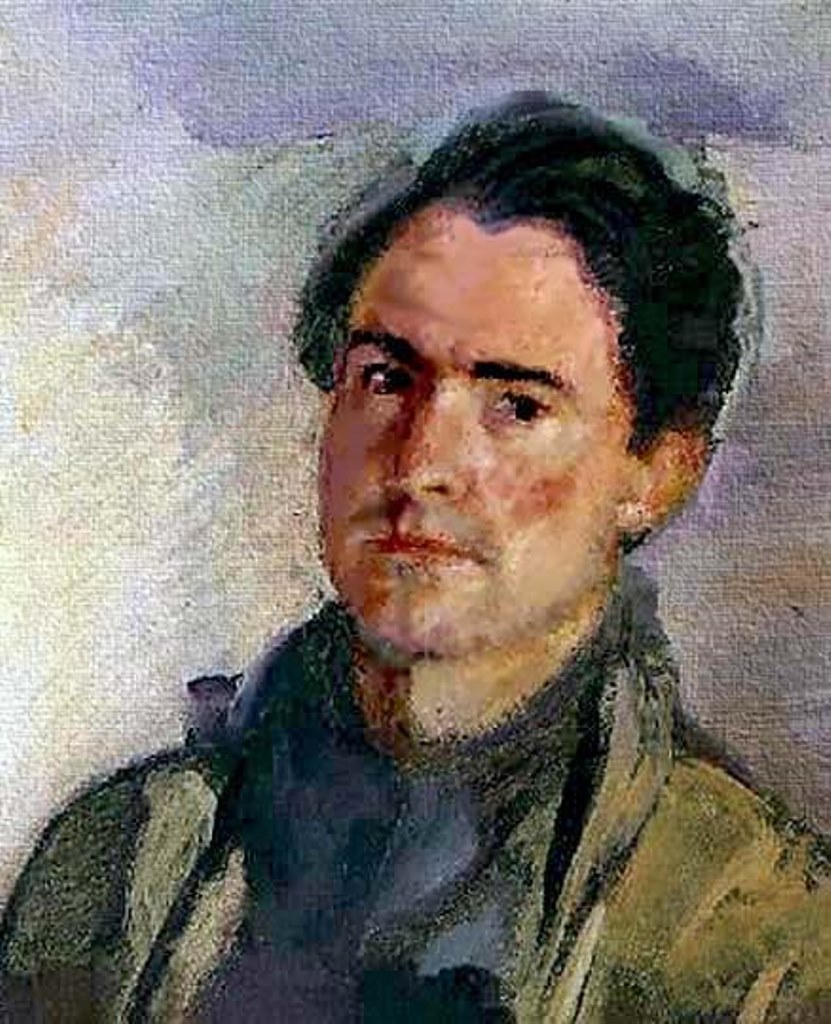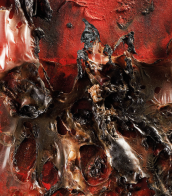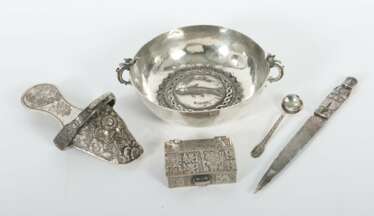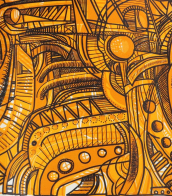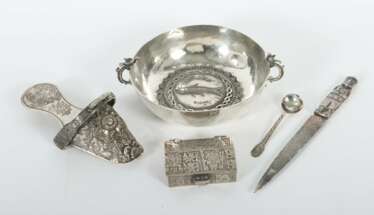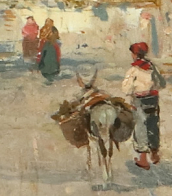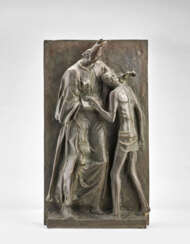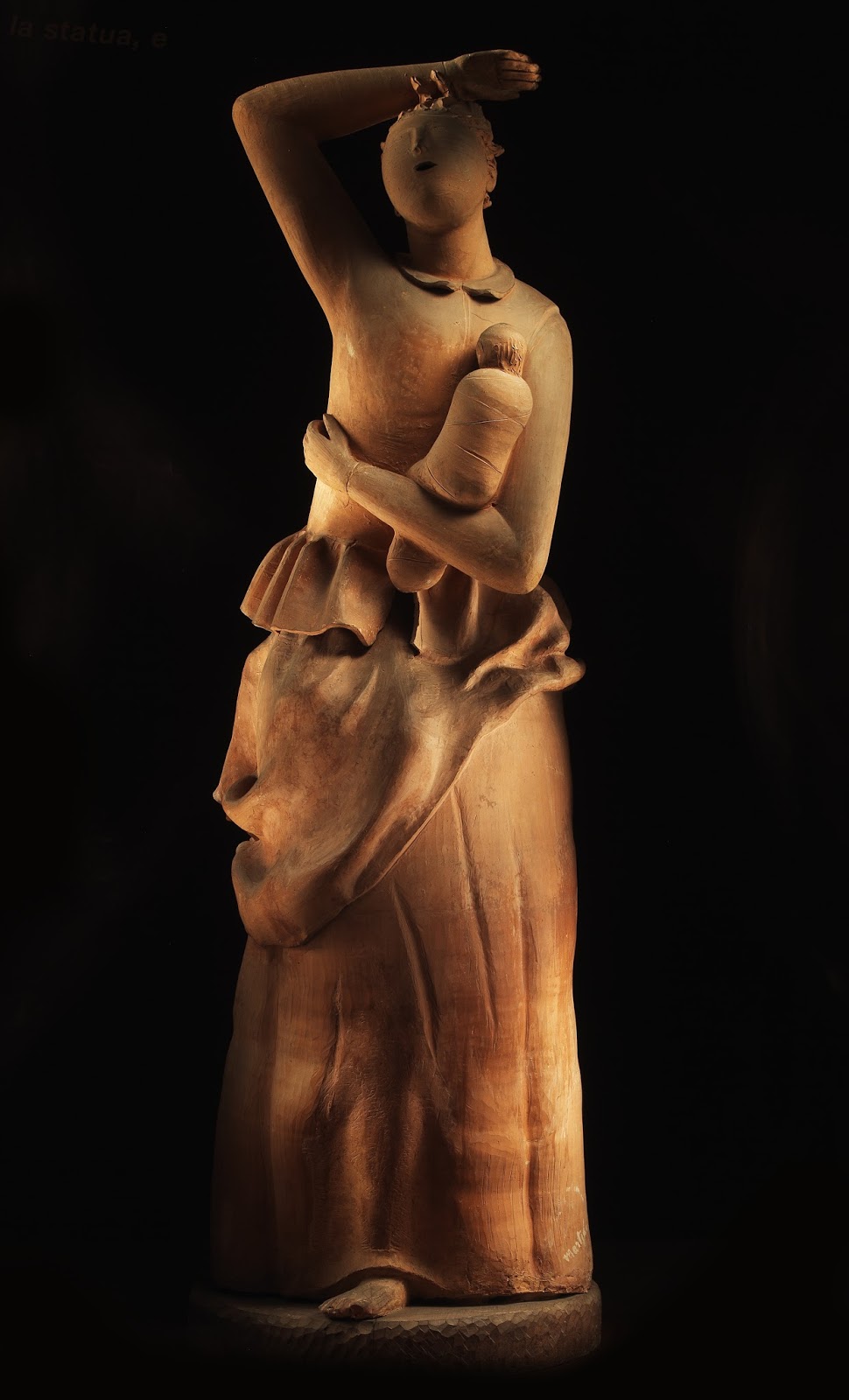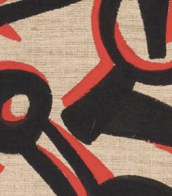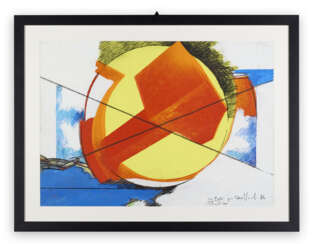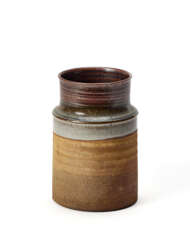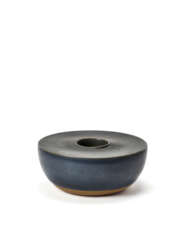narciso

Salvador Dalí, a Spanish Surrealist painter and printmaker, is celebrated for his vivid and imaginative works that delve into subconscious imagery. Born on May 11, 1904, in Figueres, Catalonia, Spain, Dalí's early exposure to Impressionism and Renaissance masters significantly influenced his artistic development. His education in fine arts in Madrid further shaped his style, leading him to experiment with Cubism and avant-garde movements. In the late 1920s, Dalí embraced Surrealism, joining the Surrealist group in 1929 and rapidly becoming one of its most prominent figures.
Dalí's most famous work, "The Persistence of Memory," completed in 1931, epitomizes the Surrealist movement with its iconic melting clocks symbolizing the fluidity of time. His artistic repertoire was diverse, including painting, graphic arts, film, sculpture, design, and photography, often incorporating themes of dreams, the subconscious, sexuality, religion, and science. Despite his remarkable artistic contributions, Dalí's eccentric and flamboyant public persona often overshadowed his work. He faced criticism for his public support of the Francoist regime and the authenticity of some of his late works.
Dalí's legacy is preserved in major museums, notably the Dalí Theatre-Museum in Figueres and the Salvador Dalí Museum in St. Petersburg, Florida. These institutions showcase his extensive and varied body of work, illustrating his profound impact on Surrealism, pop art, and contemporary artists.
If you're captivated by the surreal world of Salvador Dalí and want to stay informed about new sales and auction events featuring his works, sign up for our updates. Our service is tailored specifically for art collectors and experts, providing timely information and insights into the vibrant market of Dalí's art. Remember, this subscription is focused solely on bringing you the latest in product sales and auction events related to Salvador Dalí. Don't miss out on the opportunity to enrich your collection with pieces from one of the most influential surrealists of all time. Sign up now and be the first to know about these exclusive events.
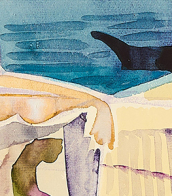

Mino Rosso was a 20th century Italian sculptor.
Mino Rosso was a member of the Turin Futurist group with which he participated in several exhibitions, including the Venice Biennale in 1930 and 1934.
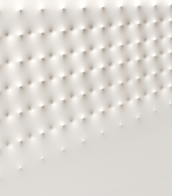
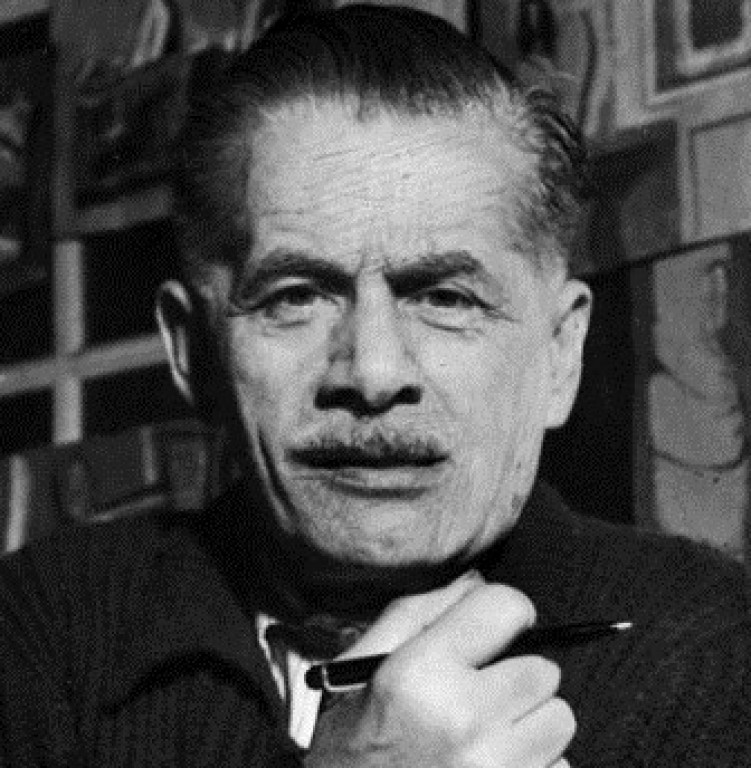
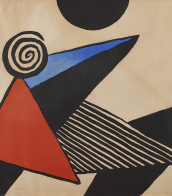

Mino Rosso was a 20th century Italian sculptor.
Mino Rosso was a member of the Turin Futurist group with which he participated in several exhibitions, including the Venice Biennale in 1930 and 1934.
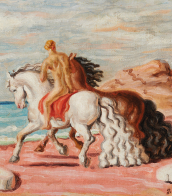
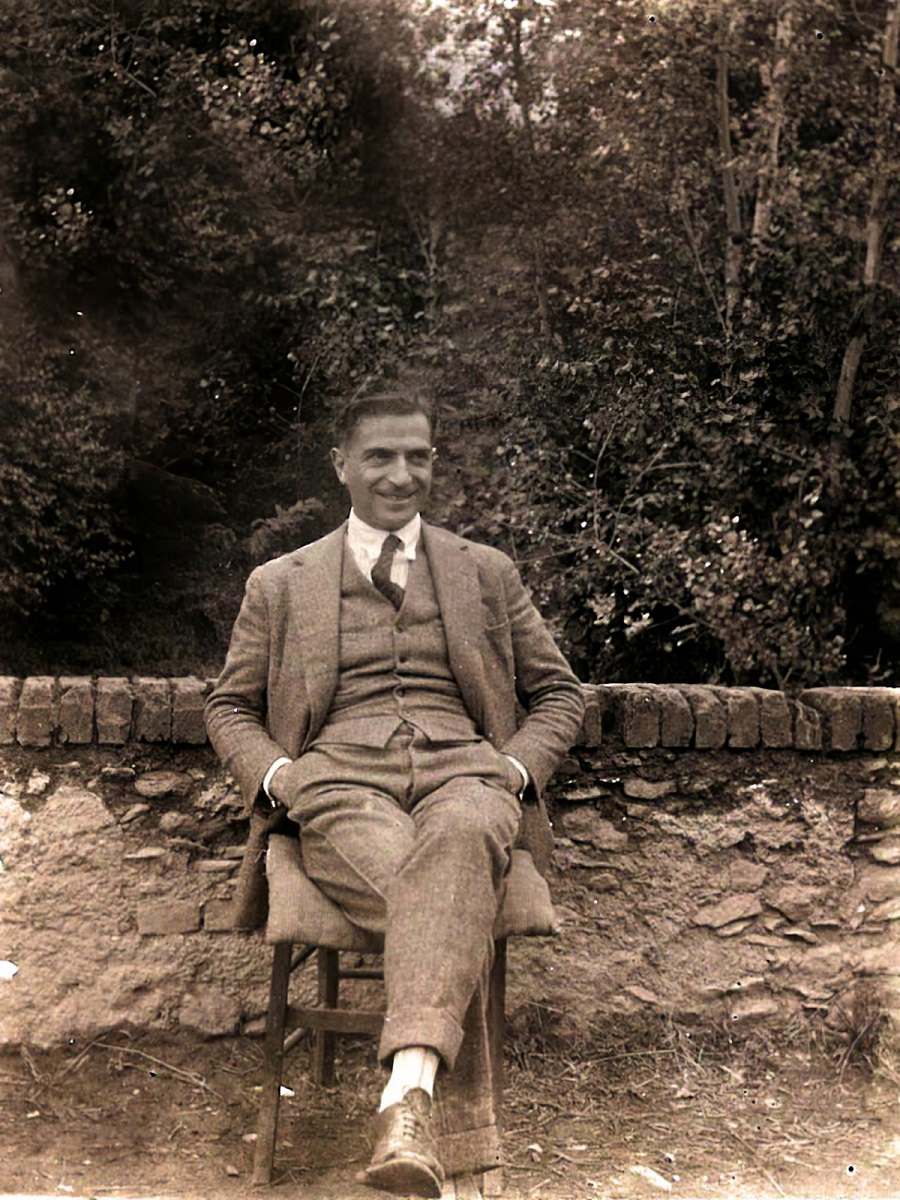
Felice Casorati was an Italian painter. The future painter originally studied piano, then graduated from the Faculty of Law at the University of Padua. At the same time he took painting lessons, first in Pavia, and from 1908 in Naples. In 1907 and 1909 held exhibitions of his paintings in Venice.
Felice Cazorati's work is strongly influenced by Symbolism and the Art Nouveau style (especially Gustav Klimt). In the early 1920s, the artist embraces the metaphysical realism of Giorgio de Chirico and uses his principles of spatial construction on the canvas. Later in the 1920s, he studied Renaissance art (in particular the works of Piero della Francesca). He painted still-lifes, genre and religious paintings, women's portraits and nudes, and also worked as a theatrical artist.
At the end of the 1920s, Felice Cazorati opened his own art school in Turin, and also taught at the Turin Academy of Art.

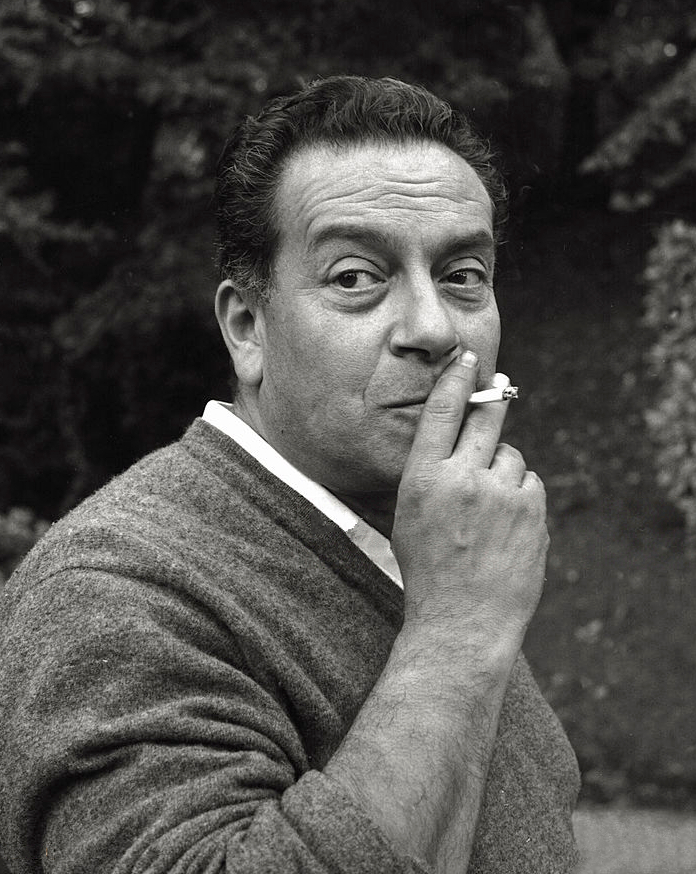
Renato Guttuso was a twentieth-century Italian painter and graphic artist. He is known as a brilliant representative of neo-realism.
Renato Guttuso was one of the founders of the "New Art Front". - a revolutionary artistic movement that emerged in Italy after World War II.
Guttuso's paintings have a pronounced social orientation, his work combines Expressionism, Cubism and Realism. He also designed sets and costumes for the theater and created illustrations for books.

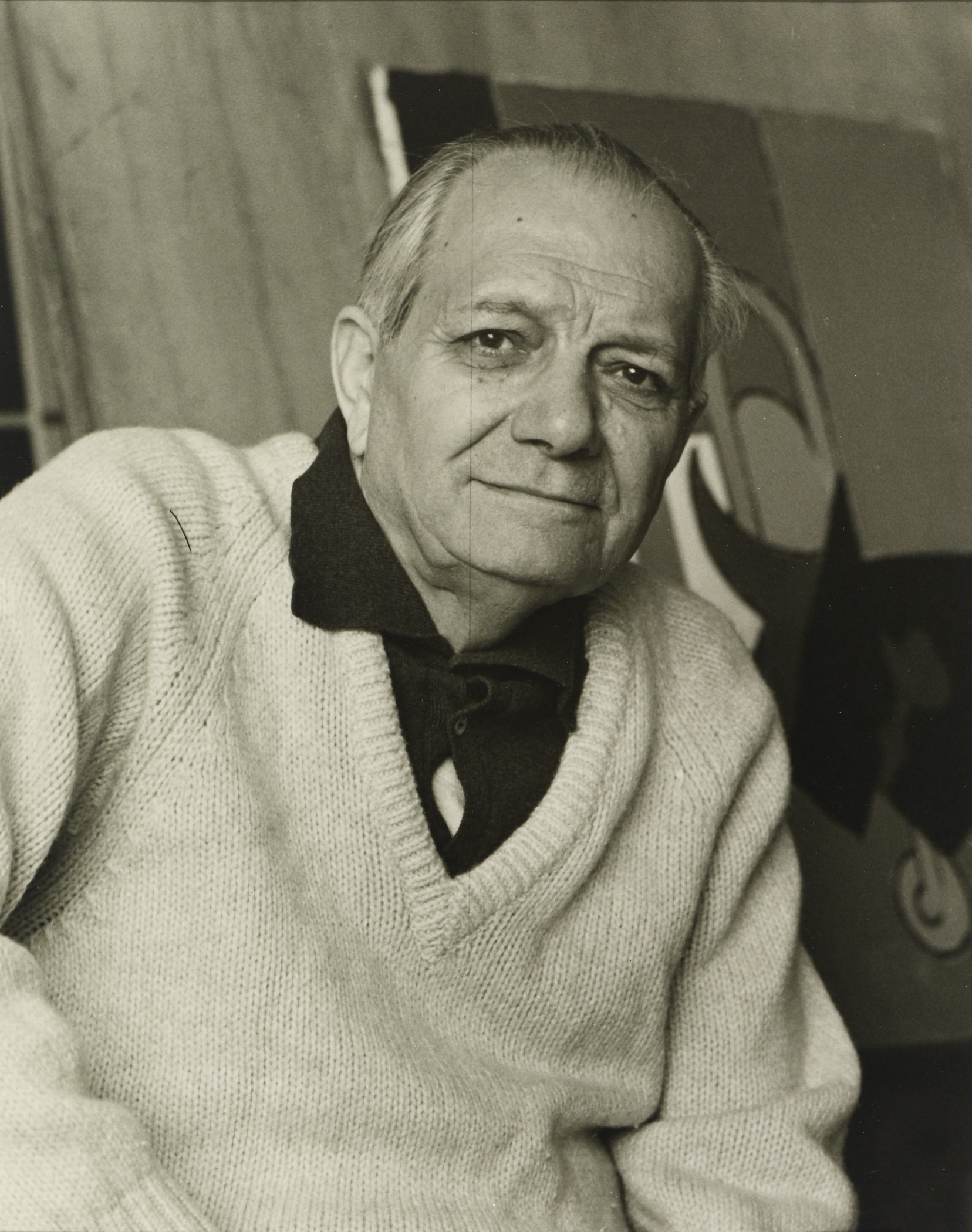
Alberto Magnelli was an Italian painter who played a significant role in the development of 20th century abstract art. He was born in Florence, Italy, and began his artistic training at the Academy of Fine Arts in Florence.
Magnelli's early work was heavily influenced by the Italian Futurist movement, but he later became interested in abstract art and began to experiment with different forms of abstraction. His paintings often featured geometric shapes, bold colors, and strong contrasts between light and dark.
During World War II, Magnelli fled to Switzerland and later moved to Paris, where he became involved with the Surrealist movement and formed close friendships with artists such as Piet Mondrian and Max Ernst. In the 1950s and 60s, he began to incorporate organic forms and more fluid, gestural marks into his work.
His work continues to be exhibited and studied around the world, and his legacy has had a significant impact on the development of modern and contemporary art in Italy and beyond.


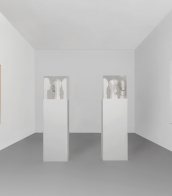

Hans Hartung was a German-French painter, known for his gestural abstract style. He was also a decorated World War II veteran of the Legion d'honneur.

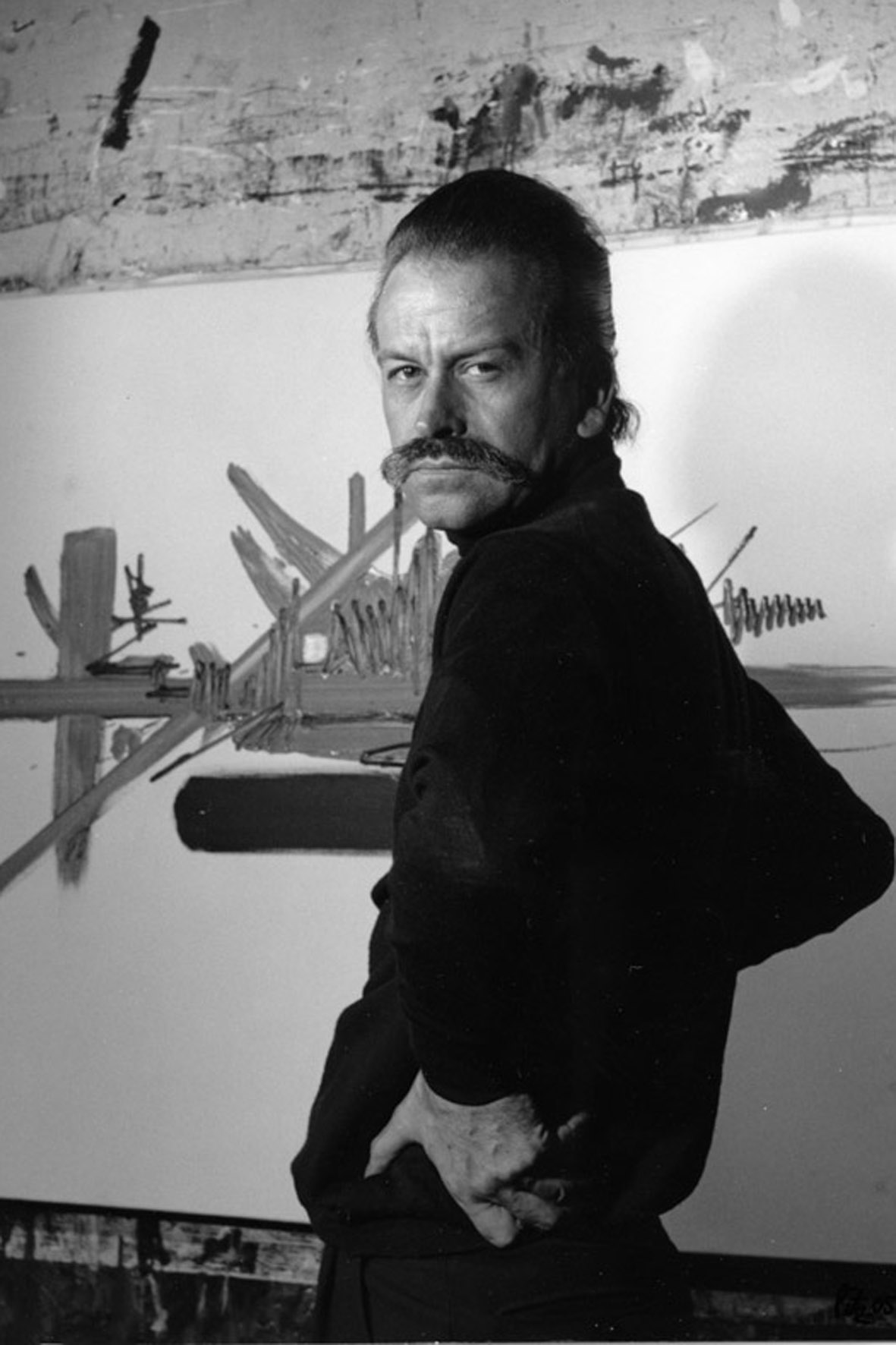
Georges Mathieu was a French abstract painter, art theorist, and member of the Académie des Beaux-Arts in Paris. He is considered one of the fathers of European lyrical abstraction, a trend of informalism.

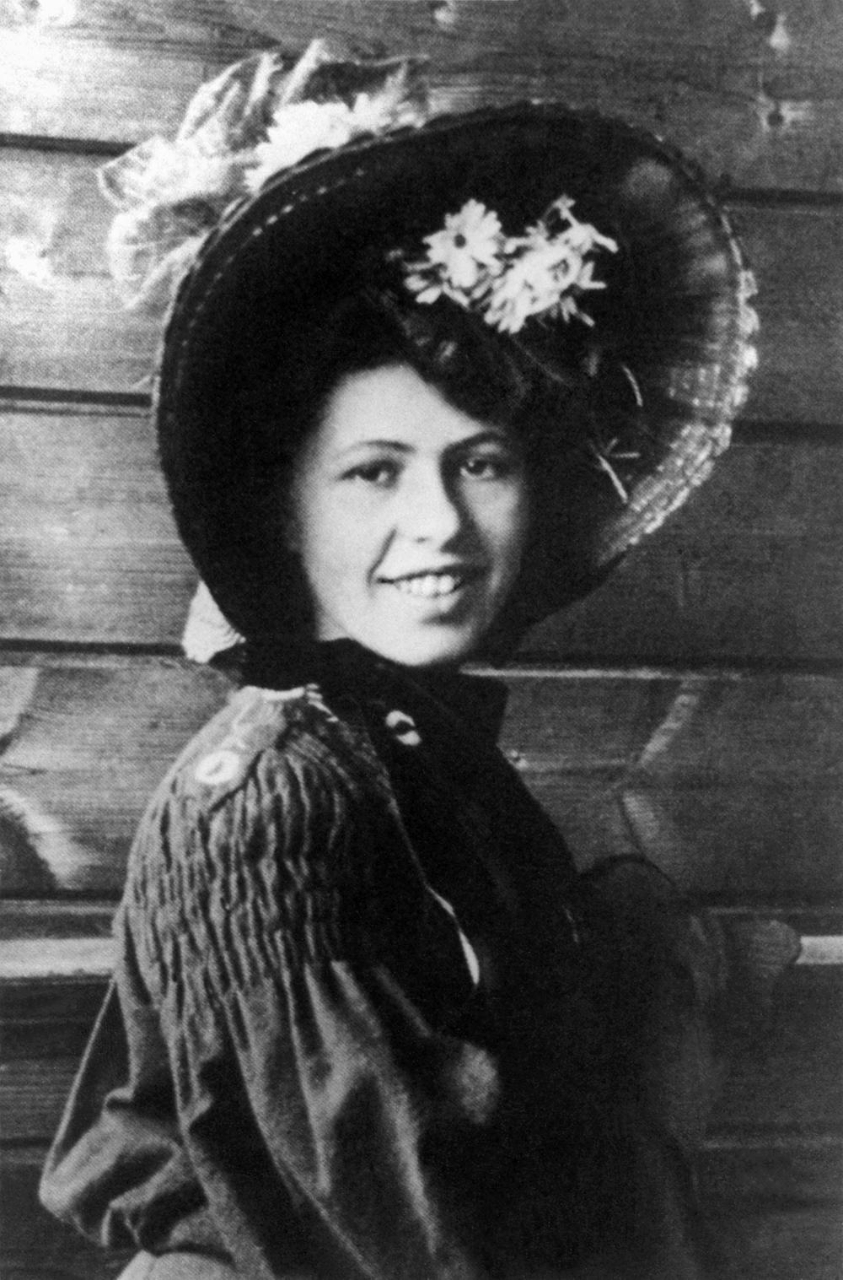
Sophie Henriette Gertrud Taeuber-Arp was a Swiss artist, painter, sculptor, textile designer, furniture and interior designer, architect, and dancer.


Mino Rosso was a 20th century Italian sculptor.
Mino Rosso was a member of the Turin Futurist group with which he participated in several exhibitions, including the Venice Biennale in 1930 and 1934.
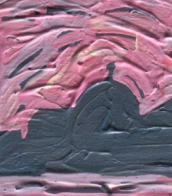
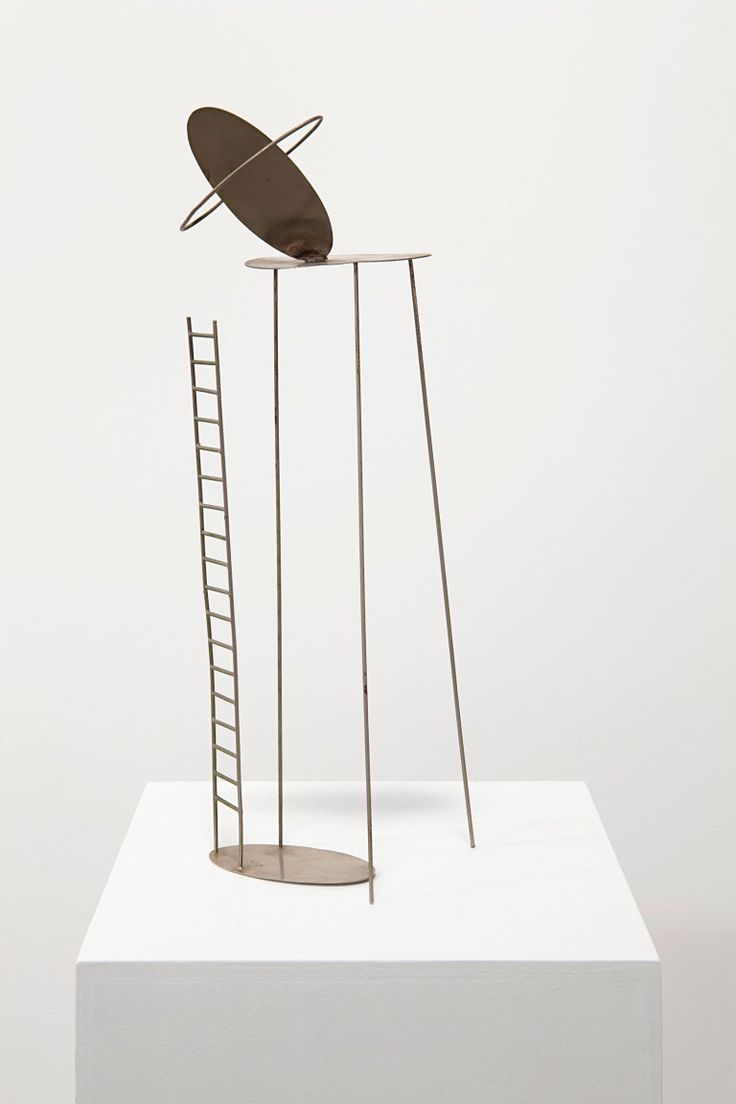
Fausto Melotti was an Italian sculptor, ceramicist, poet, and theorist.

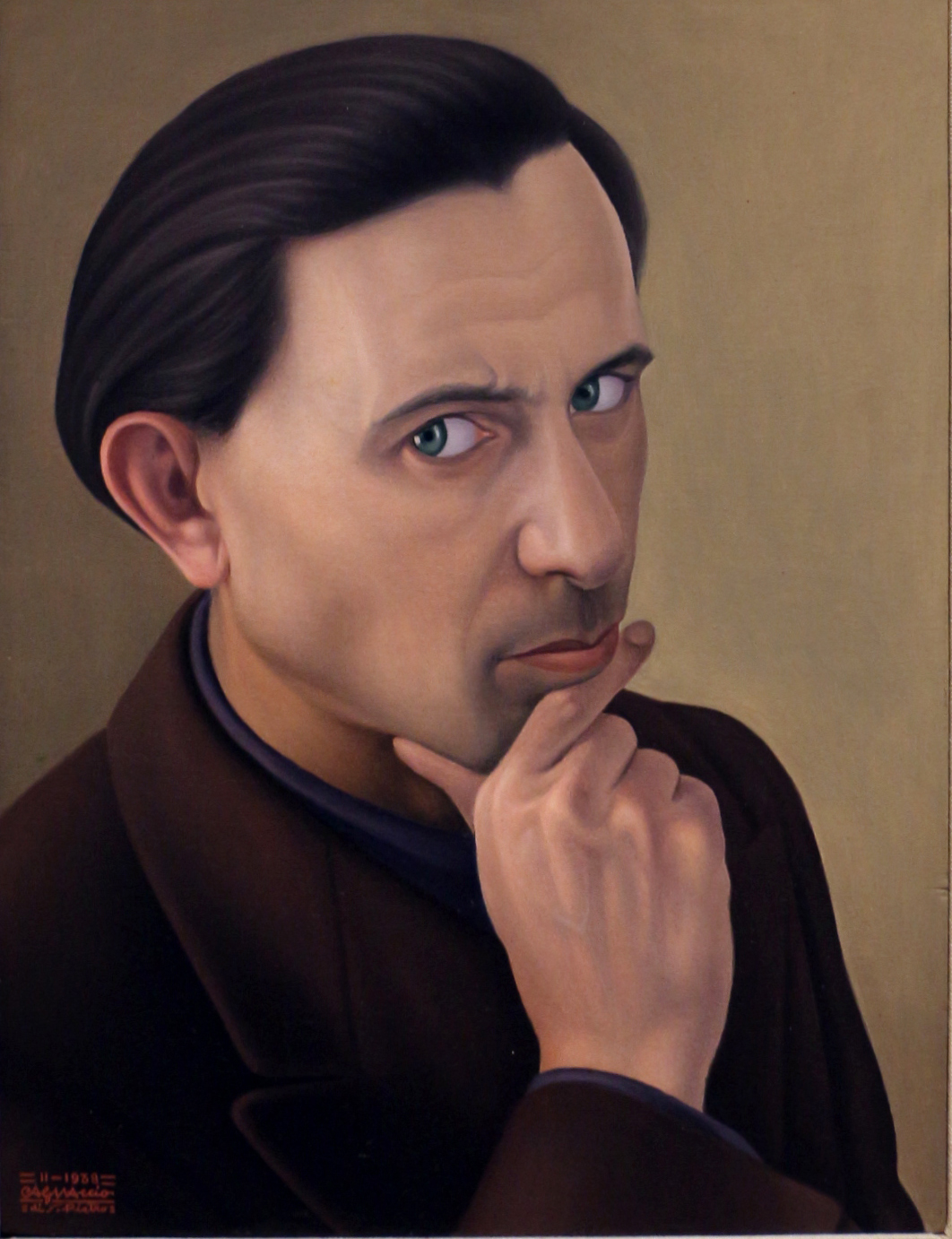
Cagnaccio di San Pietro, real name Natale Bentivoglio Scarpa, Italian painter of magical realism. He studied painting at the Academy of Fine Arts in Venice.
Cagnaccio di San Pietro in the beginning of his creative activity devoted to salon painting, was fond of futurism, then worked for a long time as a representative of the Italian variant of the New Realism. His work is characterised by portraits, nudes, still lifes, paintings of religious content and domestic subjects.
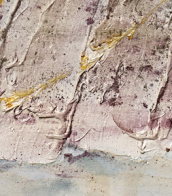
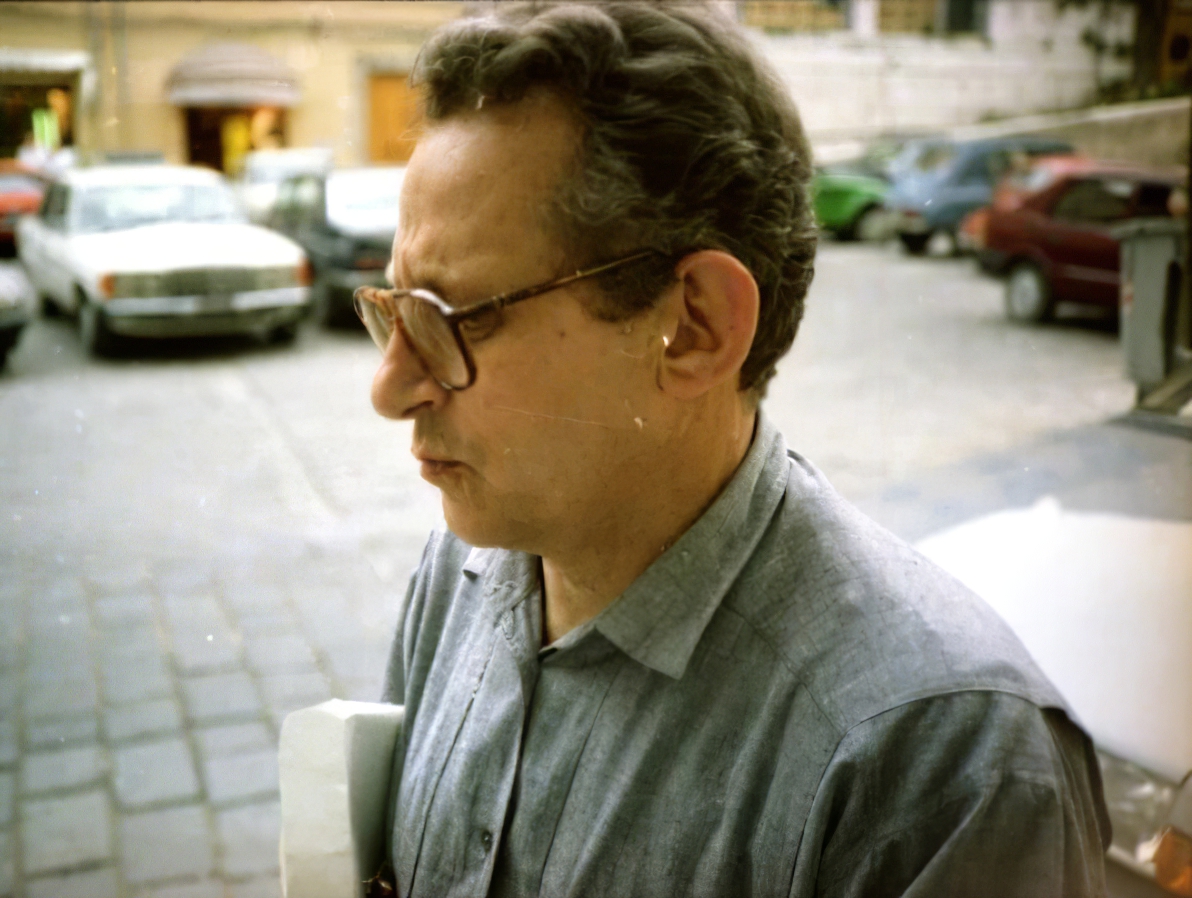
Gian Battista Valentini, known as Nanni Valentini, was an Italian painter, sculptor and ceramist.
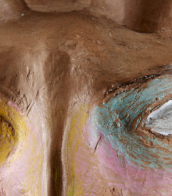

Gian Battista Valentini, known as Nanni Valentini, was an Italian painter, sculptor and ceramist.


Gian Battista Valentini, known as Nanni Valentini, was an Italian painter, sculptor and ceramist.


Gian Battista Valentini, known as Nanni Valentini, was an Italian painter, sculptor and ceramist.


Gian Battista Valentini, known as Nanni Valentini, was an Italian painter, sculptor and ceramist.

